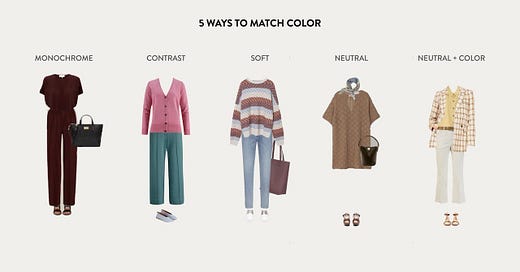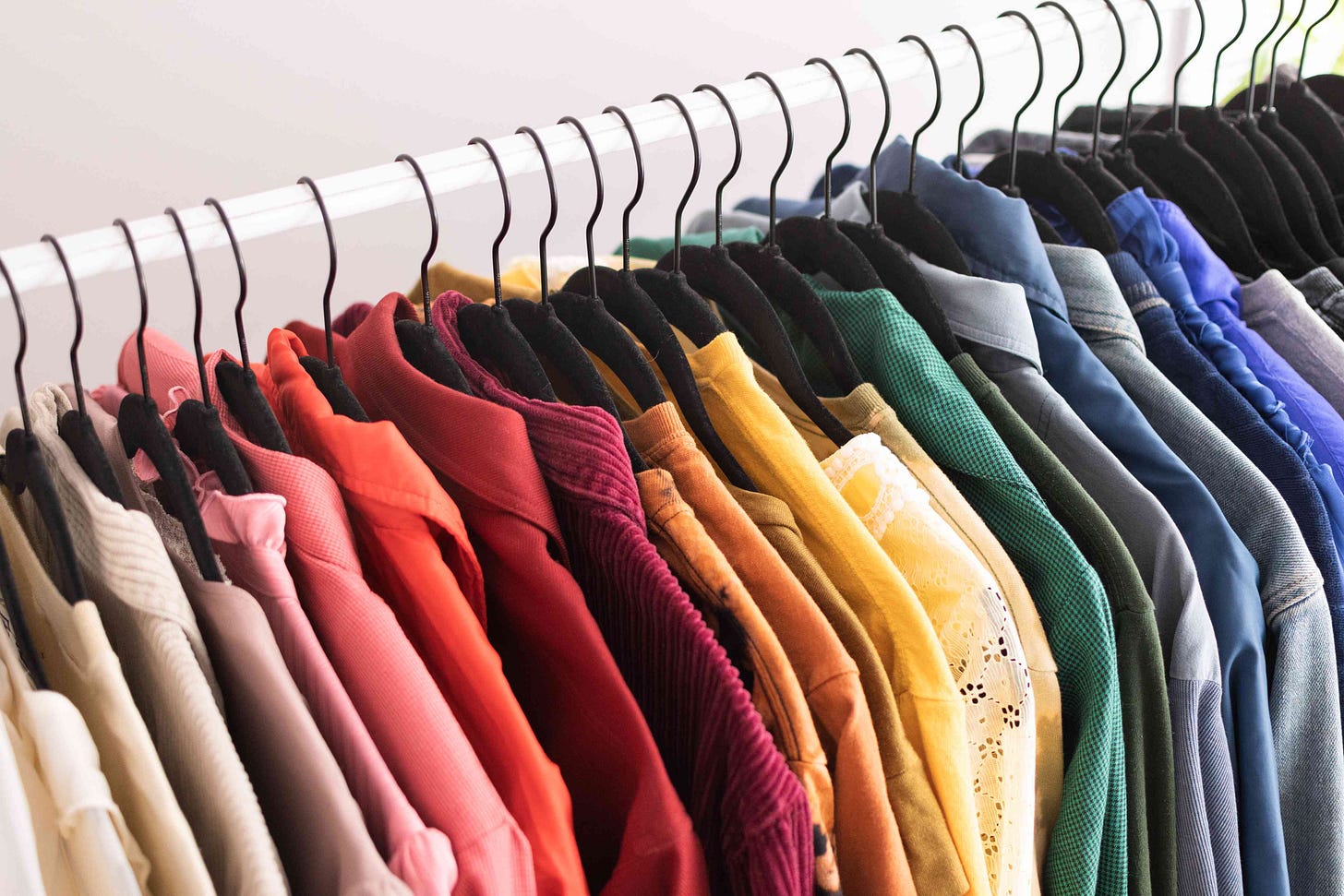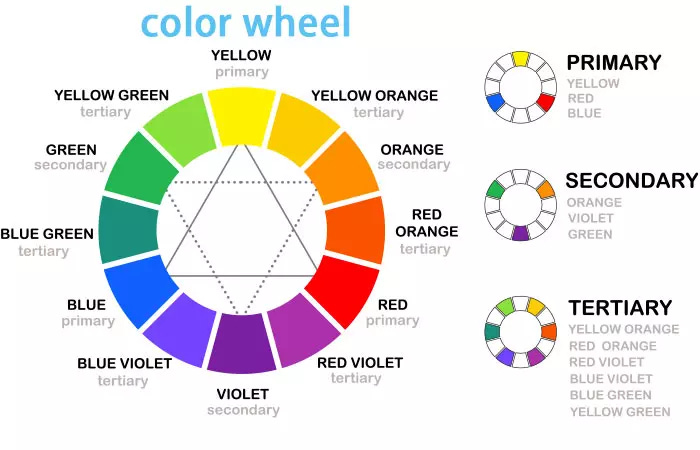Color is one of the most powerful tools in fashion. It shapes first impressions, influences mood, and can elevate a simple outfit into a confident statement. But getting color combinations right can feel tricky—especially if you're unsure what works for your skin tone, body type, or the occasion.
This guide will walk you through how to set and combine colors in your outfit with balance, style, and purpose—whether you prefer neutral tones, bold contrasts, or classic pairings.
1. Understand the Color Wheel
The color wheel is a tool that helps you understand how colors relate to one another. It’s made up of:
Primary colors: Red, blue, yellow
Secondary colors: Green, orange, purple
Tertiary colors: Mixes like teal, olive, burgundy
Common color schemes:
Monochromatic: One color in different shades (e.g., light gray + charcoal)
Analogous: Colors next to each other on the wheel (e.g., blue + teal + green)
Complementary: Opposites on the wheel (e.g., navy + mustard yellow)
2. Build Around Neutrals
Neutrals are the foundation of most great outfits. These include:
Black
White
Gray
Beige
Navy
Olive
They’re versatile and pair well with almost everything. You can wear all-neutrals for a sleek minimalist look or use them to balance out brighter colors.
Tip: If you're unsure about color, wear a neutral base (pants, shirt, shoes) and add color through one piece—like a jacket or scarf.
3. Use the 60-30-10 Rule
A helpful formula for combining colors in an outfit:
60% dominant color – the main piece (e.g., your pants or coat)
30% secondary color – shirt, sweater, or shoes
10% accent color – accessories like a watch, tie, hat, or bag
This rule keeps your outfit balanced and avoids overwhelming the eye.
4. Dress for Your Skin Tone
Your skin’s undertone affects which colors look best on you:
Cool undertone (pink or blue): Try navy, charcoal, emerald, burgundy, cool grays
Warm undertone (yellow or olive): Try earthy colors like brown, tan, rust, mustard, olive green
Neutral undertone: You can wear both warm and cool colors
Test: Look at your veins in natural light. Bluish = cool, greenish = warm.
5. Balance Bright and Bold Colors
If you love bold colors (like red, electric blue, or mustard), anchor them with calmer tones. For example:
Red shirt + black pants
Olive green jacket + white t-shirt + denim
Mustard sweater + navy trousers
Bold on bold can work—but it takes confidence and a sharp eye. When in doubt, keep the bolder color limited to one item.
6. Match Metals and Undertones
Your accessories also play into your outfit’s overall color tone:
Cool-toned outfits: Go with silver, white gold, or gunmetal
Warm-toned outfits: Choose gold, bronze, or copper
Neutral outfits: Mix metals or choose matte finishes
7. Think About the Occasion
Different settings call for different color moods:
Professional: Stick with dark neutrals (navy, charcoal, black) and minimal color
Casual: Earth tones and relaxed blues/greens work well
Evening/Formal: Black, midnight blue, or deep jewel tones
Summer/Daytime: Lighter colors like beige, white, light blue, pastel green
8. Trust Fit Over Color
An average color in a great fit always beats a trendy color in a poor one. Make sure your clothes are tailored, well-structured, and flattering to your body type—this adds style even in the simplest color palette.
Examples of Easy Color Combinations
Navy + Beige – classic, masculine, refined
Gray + White + Black – minimal and urban
Olive + Tan – earthy and relaxed
Brown + Blue – warm and approachable
Charcoal + Burgundy – elegant and modern
Conclusion: Color Is Personal, But It Can Be Learned
Learning to set colors in your outfit is about practice and self-awareness. Pay attention to what you naturally reach for, test new combinations in front of the mirror, and over time you’ll develop a signature style that feels both authentic and effortless.
You don’t need to memorize the entire color wheel—just understand a few core rules, invest in versatile basics, and don’t be afraid to experiment.






